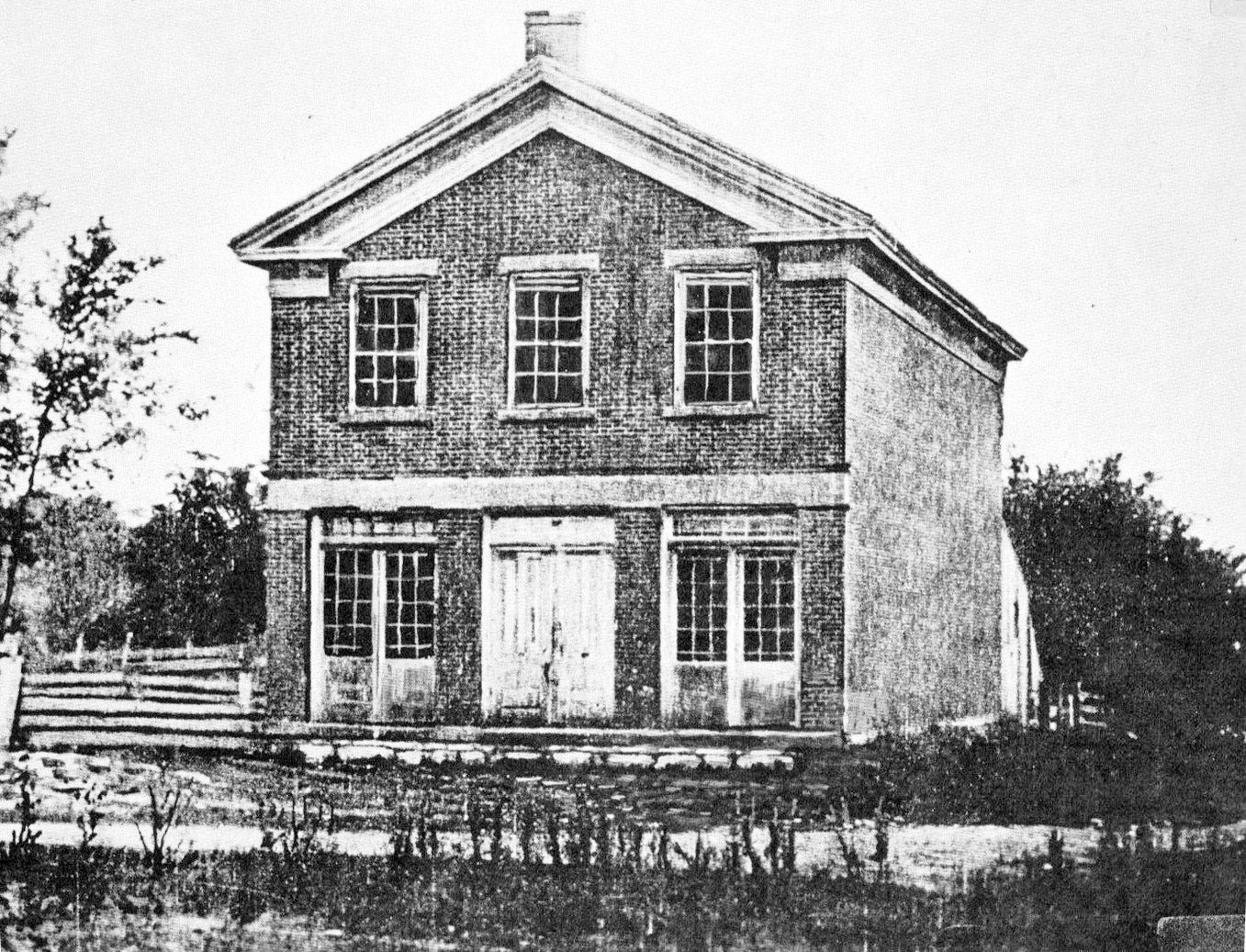Joseph Smith’s attention to his own day-to-day activities ebbed and flowed throughout his fourteen years of religious leadership. The final three years of his life mark the high point of his documentary record. In Documents, Volume 9 of the Joseph Smith Papers, historians and editors Alex Smith, Christian K. Heimburger, and Christopher Blythe provide invaluable insight and background on 102 documents created between December 1841 and April 1842. As the editors note in their introduction, this volume captures less than six months of Smith’s life, “and no subsequent volume in [the Documents] series will capture more than half a year of Smith’s activities.”[1]
Smith created a large number of documents during this period, at least in comparison to previous times in his life, owing to several circumstances. Latter-day Saints enjoyed a season of relative peace during this time frame, which allowed for physical improvements to the city and a steady trickle of immigrants gathering to Nauvoo. Stability brought innovation. The Church of Jesus Christ of Latter-day Saints expanded its own organization, most notable among them being the Nauvoo Female Relief Society.

Polygamy is not mentioned explicitly in the volume, though letters to women to which Smith is believed to have been sealed, Marinda Nancy Johnson Hyde and Nancy Rigdon are connected to Smith’s religious practice. Those who have been at work on early Mormon polygamy knew the relatively scant number of sources, but those unfamiliar with the field may be surprised. Similarly, there is little written in Joseph Smith’s own hand or about his personal life. Much of his inner thoughts remain a black box. However, bits of Smith’s personality shine through. For instance, in a letter to Edward Hunter conveying business information, Smith shares his joy in serving his followers:
“I rejoice that we have been enabled to do as well as we have, for the hearts of many of the poor brethren & sisters will be made glad, with those comforts which are now within their reach. The store has been filled to overflowing all day, & I have stood behind the counter dealing with goods as steady as any clerk you ever SAW to oblige those who were compelled to go without their [usual] christmas & New year, dinners, for the want of a little Sugar, Molasses, Rasions &c,–& to please myself also for I love to wait upon the Saints, and to be a servant to all hoping that I may be exalted in the due time of the Lord.”[i]
In many ways, Smith’s store is the axis mundi of the volume; most events take place in the store or have some relationship to the goings-on within the building. The construction of Joseph Smith’s store and its earliest days in operation provide key details about how early Latter-day Saints did not see a distinct divide between the secular and the sacred. One the first floor, Smith and his clerks sold goods and organized activities in the Nauvoo community. On the upper floor, the Female Relief Society of Nauvoo organized and regularly met. [Example 5] The early sermons to the Relief Society (which should be viewed in concert with The First Fifty Years of Relief Society). Smith also dictated revelations, stored sacred writings, and translated portions of the Book of Abraham in his store.
Fascinatingly, the Nauvoo Masonic lodge also met on the second floor of the Red Brick Store after its organization on 15 March 1842. The editors show that Joseph Smith attended masonic meetings as often as anyone in Nauvoo; he seemed to have enjoyed the relationships it created. It may have also influenced some of his later teachings. While the development of the endowment liturgy did not develop during Volume 9’s chronological scope, one begins to see the seedlings of male-only, closed gatherings on Joseph Smith’s worldview. The organization of the Council of Fifty, for instance, is only a few years away from being organized.
Some of Smith’s sermons given during this time show the seedlings of future teachings. For instance, Smith’s teachings of divine anthropology from 30 January 1842 discusses “deification” and related doctrines, indicating that the Mormon prophet had been thinking about them for a long time before they were popularly known. Smith was also involved with the Times & Seasons newspaper, though his involvement waxed and waned depending upon other responsibilities, etc. The volume features the Wentworth Letter, dictated by Joseph Smith and published in the Times & Seasons, which was created to explain Joseph Smith’s own history and lays out the Mormon prophet’s “Articles of Faith.”
In short, there’s something for everyone in Documents 9, whether you’re interested in Smith as a person, the expansion of Church organizations, or the seeds of Nauvoo-theology and temple practice. I highly recommend reading the volume and incorporating its documents into your relevant scholarship.
[1] Documents 9, ii.
[i] Letter from Joseph Smith, Jr. to Edward Hunter, 5 January 1842 [86-87 in D9].
Comments
Be the first to comment.